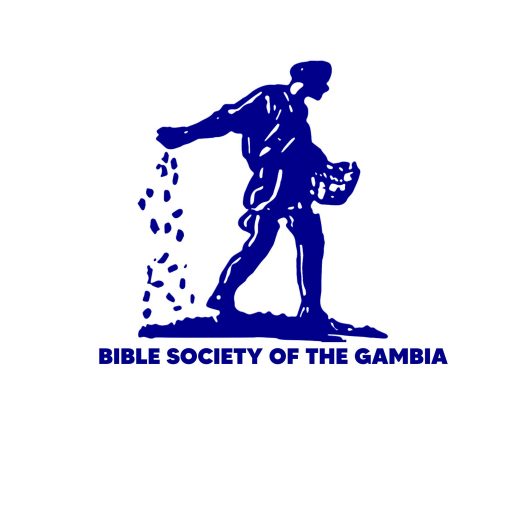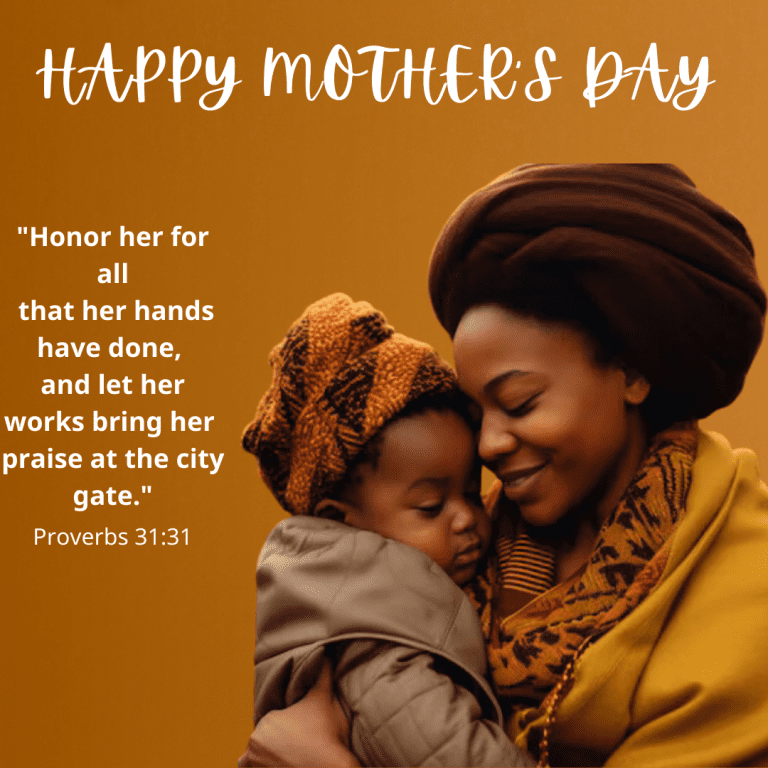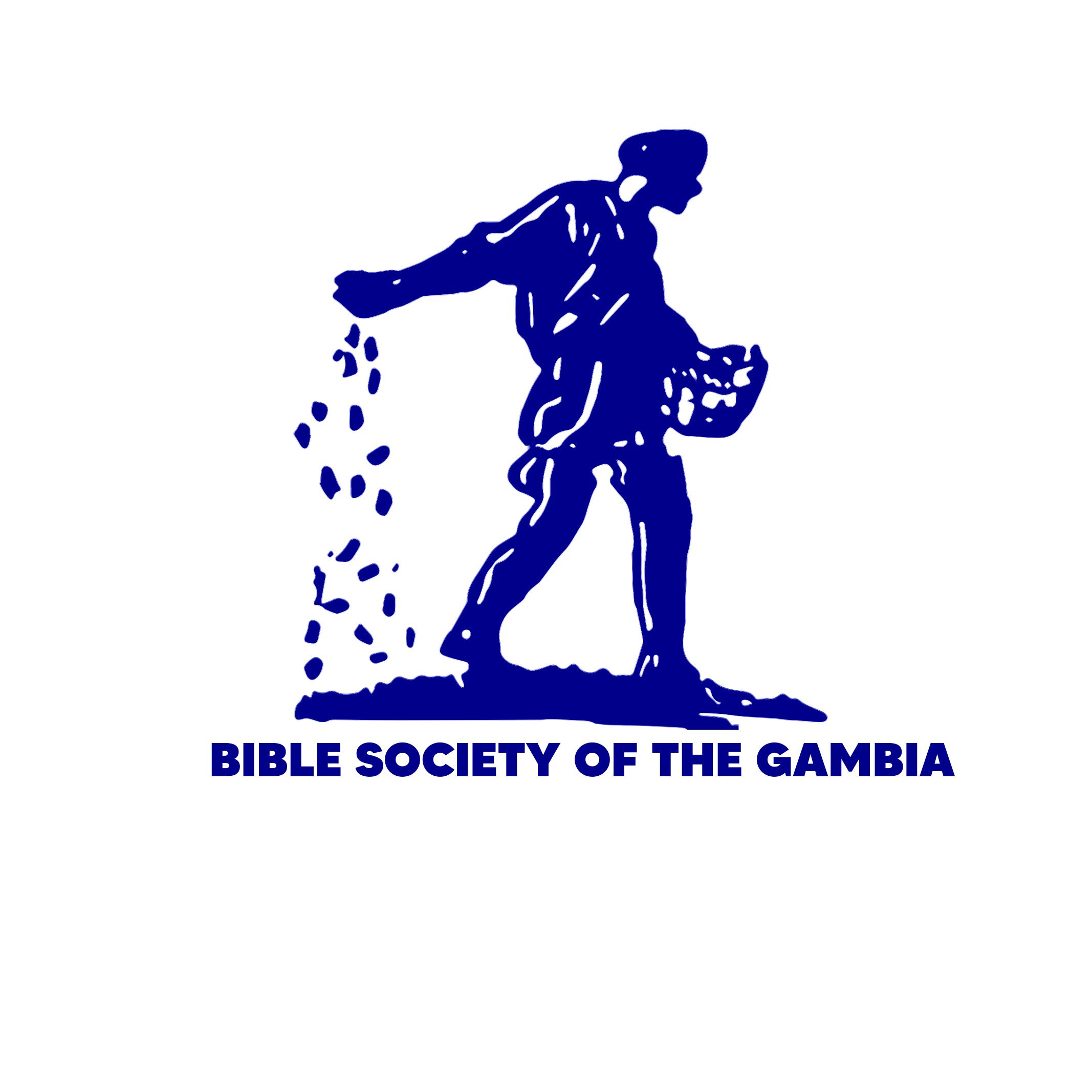1 Pilate gave orders for Jesus to be beaten with a whip. 2 The soldiers made a crown out of thorn branches and put it on Jesus. Then they put a purple robe on him. 3 They came up to him and said, “Hey, you king of the Jews!” They also hit him with their fists.
4 Once again Pilate went out. This time he said, “I will have Jesus brought out to you again. Then you can see for yourselves that I have not found him guilty.”
5 Jesus came out, wearing the crown of thorns and the purple robe. Pilate said, “Here is the man!”
6 When the chief priests and the temple police saw him, they yelled, “Nail him to a cross! Nail him to a cross!”
Pilate told them, “You take him and nail him to a cross! I don't find him guilty of anything.”
7 The crowd replied, “He claimed to be the Son of God! Our law says that he must be put to death.”
8 When Pilate heard this, he was terrified. 9 He went back inside and asked Jesus, “Where are you from?” But Jesus did not answer.
10 “Why won't you answer my question?” Pilate asked. “Don't you know I have the power to let you go free or to nail you to a cross?”
11 Jesus replied, “If God had not given you the power, you couldn't do anything at all to me. But the one who handed me over to you did something even worse.”
12 Then Pilate wanted to set Jesus free. But the crowd again yelled, “If you set this man free, you are no friend of the Emperor! Anyone who claims to be a king is an enemy of the Emperor.”
13 When Pilate heard this, he brought Jesus out. Then he sat down on the judge's bench at the place known as “The Stone Pavement.” In Aramaic this pavement is called “Gabbatha.” 14 It was about noon on the day before Passover, and Pilate said to the crowd, “Look at your king!”
15 “Kill him! Kill him!” they yelled. “Nail him to a cross!”
“So you want me to nail your king to a cross?” Pilate asked.
The chief priests replied, “The Emperor is our king!” 16 Then Pilate handed Jesus over to be nailed to a cross.
Jesus Is Nailed to a Cross
(Matthew 27.32-44Mark 15.21-32Luke 23.26-43)Jesus was taken away, 17 and he carried his cross to a place known as “The Skull.” In Aramaic this place is called “Golgotha.” 18 There Jesus was nailed to the cross, and on each side of him a man was also nailed to a cross.
19 Pilate ordered the charge against Jesus to be written on a board and put above the cross. It read, “Jesus of Nazareth, King of the Jews.” 20 The words were written in Hebrew, Latin, and Greek.
The place where Jesus was taken wasn't far from the city, and many of the people read the charge against him. 21 So the chief priests went to Pilate and said, “Why did you write that he is King of the Jews? You should have written, ‘He claimed to be King of the Jews.’ ”
22 But Pilate told them, “What is written will not be changed!”
23 After the soldiers had nailed Jesus to the cross, they divided up his clothes into four parts, one for each of them. But his outer garment was made from a single piece of cloth, and it did not have any seams. 24 The soldiers said to each other, “Let's not rip it apart. We will gamble to see who gets it.” This happened so the Scriptures would come true, which say,
“They divided up my clothes
and gambled
for my garments.”
The soldiers then did what they had decided.
25 Jesus' mother stood beside his cross with her sister and Mary the wife of Clopas. Mary Magdalene was standing there too. 26 When Jesus saw his mother and his favorite disciple with her, he said to his mother, “This man is now your son.” 27 Then he said to the disciple, “She is now your mother.” From then on, that disciple took her into his own home.
The Death of Jesus
(Matthew 27.45-56Mark 15.33-41Luke 23.44-49)28 Jesus knew that he had now finished his work. And in order to make the Scriptures come true, he said, “I am thirsty!” 29 A jar of cheap wine was there. Someone then soaked a sponge with the wine and held it up to Jesus' mouth on the stem of a hyssop plant. 30 After Jesus drank the wine, he said, “Everything is done!” He bowed his head and died.
A Spear Is Stuck in Jesus' Side
31 The next day would be both a Sabbath and the Passover. It was a special day for the Jewish people, and they did not want the bodies to stay on the crosses during this day. So they asked Pilate to break the men's legs and take their bodies down. 32 The soldiers first broke the legs of the other two men who were nailed there. 33 But when they came to Jesus, they saw he was already dead, and they did not break his legs.
34 One of the soldiers stuck his spear into Jesus' side, and blood and water came out. 35 We know this is true, because it was told by someone who saw it happen. Now you can have faith too. 36 All this happened so that the Scriptures would come true, which say, “No bone of his body will be broken” 37 and “They will see the one in whose side they stuck a spear.”
Jesus Is Buried
(Matthew 27.57-61Mark 15.42-47Luke 23.50-56)38 Joseph from Arimathea was one of Jesus' disciples. He had kept it secret though, because he was afraid of the Jewish leaders. But now he asked Pilate to let him have Jesus' body. Pilate gave him permission, and Joseph took it down from the cross.
39 Nicodemus also came with about 30 kilograms of spices made from myrrh and aloes. This was the same Nicodemus who had visited Jesus one night. 40 The two men wrapped the body in a linen cloth, together with the spices, which was how the Jewish people buried their dead. 41 In the place where Jesus had been nailed to a cross, there was a garden with a tomb that had never been used. 42 The tomb was nearby, and since it was the time to prepare for the Sabbath, they were in a hurry to put Jesus' body there.
Kiitiyo kuntuta ka Yeesu faa
(Matiyu 27:15-31Maaka 15:6-20Luka 23:13-25)1 Wo to le Payileti ye Yeesu taa, a ye a dii ka a karawaasi. 2 Kelediŋolu naata ŋaniŋ buloolu debe ñoo bala ka a duŋ a kuŋo la ko mansanaafoo. Ì ye waramba wuleŋo duŋ a la. 3 Bituŋ ì ka naa a ñaatiliŋo la, ka a fo a ye ko, “I nimbaara, Yahuudoolu la mansakewo!” Bituŋ ì ye a lipaŋ-lipaŋ a ñaadaa to.
4 Payileti fintita banta kotenke, a ko kafoo ye ko, “A fele, ŋa a samba naŋ ali ye le ka a yitandi ali la ko, m maŋ sootaari je ñiŋ kewo bala.” 5 Wo to le Yeesu fintita naŋ banta, ŋaniŋ naafamaa be dundiŋ a kuŋo to, waramba wuleŋo be dundiŋ a la. Bituŋ Payileti ko ì ye ko, “Ali kewo juubee!”
6 Kabiriŋ piriisi* ñaatonkoolu aniŋ Alla Batudulaa kantalaalu ye a je, ì sarita ko, “A pempeŋ! A pempeŋ!” Wo to le Payileti ko ì ye ko, “Ali faŋo ye a samba, ali ye a pempeŋ yiribantambiloo kaŋ, kaatu nte maŋ sootaaroo je a bala.” 7 Bituŋ Yahuudoolu ye a jaabi ko, “Ŋà luwaa soto le, aduŋ ka bo niŋ wo luwaa la, a ñanta faa la le, kaatu a ye a faŋ ke Alla Dinkewo* le ti.”
8 Kabiriŋ Payileti ye ñiŋ kumoo moyi, a la silaŋo kafuta baake. 9 A taata konoto kotenke, a ko Yeesu ye ko, “I bota mintoo le?” Bari Yeesu maŋ feŋ fo. 10 Bituŋ Payileti ko a ye ko, “Fo i te diyaamu la nte ye baŋ? Fo i maŋ a loŋ ko, ŋa semboo soto le ka i bula, waraŋ ka i pempeŋ?” 11 Wo to le Yeesu ye a jaabi ko, “Ite maŋ semboo soto nte kaŋ, fo niŋ a diita i la ka bo santo. Wo kamma la moo meŋ ye nte duŋ i bulu, wo le la junuboo warata.”
12 Ka bo wo waatoo la Payileti ye a kata ka a bula. Bari Yahuudoolu sarita ko, “Niŋ i ye ñiŋ kewo bula, wo to i maŋ ke Rooma bankoo la mansa* teeroo ti. Kaatu moo-wo-moo meŋ ye a faŋ ke mansakewo ti, wo maarii be balaŋ kaŋ Rooma bankoo la mansa le ma.”
13 Kabiriŋ Payileti ye ñiŋ kumoo moyi, a ye Yeesu fintindi naŋ. Bituŋ a siita kiitiisiiraŋo kaŋ dulaa to, ì ka a fo daameŋ ye Dulaa Teruriŋo. Hiburu kaŋo to wo dulaa too mu Kabata le ti. 14 Maariyo Tambi Tumoo Juuraloo* parendiri luŋo le mu, talaŋ taŋ niŋ fula maafaŋo la tilibuloo. Wo to le Payileti ko Yahuudoolu ye ko, “Ali la mansakewo fele!” 15 Bari ì sarita ko, “A samba! A samba! A pempeŋ!” Bituŋ Payileti ko ì ye ko, “Fo ŋa ali la mansakewo pempeŋ baŋ?” Wo to le piriisi ñaatonkoolu ye a jaabi ko, “M̀ maŋ mansakee doo soto fo Rooma bankoo la mansa dammaa!” 16 Wo to le Payileti ye a dii ì la ka a pempeŋ yiribantambiloo kaŋ.
Ì ye Yeesu pempeŋ yiribantambiloo kaŋ
(Matiyu 27:32-44Maaka 15:21-32Luka 23:26-43)17 Bituŋ ì ye Yeesu taa, a faŋo le ye a la yiribantambiloo samba dulaa to, ì ka a fo daameŋ ye “Kunkolo Kenseŋ Dulaa.” Hiburu kaŋo to wo dulaa too mu Kolokota le ti. 18 Ì ye a pempeŋ yiribantambiloo kaŋ jee le to, a niŋ kee fula. Doo be a bulubaa la, doo be a maraa la, Yeesu be teema.
19 Payileti ye a la saayaa daliiloo safee, a ye a ke a kunto yiribantambiloo bala. Ñiŋ ne safeeta a bala ko, “Yeesu Nasaretinkoo, Yahuudoolu la mansakewo.” 20 Yahuudi jamaa le ye wo safeeroo karaŋ, kaatu ì ye Yeesu pempeŋ dulaa meŋ to, a maŋ jamfa saatewo la. A safeeta Hiburu kaŋo to le, Latini kaŋo aniŋ Jirisi kaŋo. 21 Wo to le Yahuudoolu la piriisi ñaatonkoolu ko Payileti ye ko, “Kana a safee jee ko, ‘Yahuudoolu la mansakewo,’ bari a safee ko, ‘Ñiŋ kewo le ko, ate le mu Yahuudoolu la mansakewo ti.’ ” 22 Bari Payileti ye ì jaabi ko, “Ŋa meŋ safee, ŋa wo le safee.”
23 Kabiriŋ kelediŋolu ye Yeesu pempeŋ yiribantambiloo kaŋ, ì ye a la duŋ feŋolu taa, ì ye ì talaa siidulaa naani ti, fo kelediŋ-wo-kelediŋ si doo soto. Ì ye a la kotondaŋo fanaa taa, bari wo daarita le, a maŋ karalikuloo soto ka bo a santo ka taa fo a duuma. 24 Wo kamma la ì ko ñoo ye ko, “Ali ǹ kana a fara, bari ali ŋà alikuuroo* ke, meŋ be a soto la.” Ñiŋ keta le, fo Alla la kumoo si timma ko:
“Ì ye n na duŋ feŋolu talaa ñoo teema,
ì ye alikuuroo le ke n na kotondaŋo kunna.”
Ñiŋ ne mu kuwolu ti, kelediŋolu ye mennu ke.
25 Yeesu baamaa be looriŋ nuŋ a la yiribantambiloo daala, a niŋ a baadimmusoo, aniŋ Mariyaama meŋ mu Kolopas la musoo ti, aniŋ Mariyaama Makadalenkoo. 26 Kabiriŋ Yeesu ye a baamaa je looriŋ, a niŋ saayiboo a ye meŋ kanu, a ko a baamaa ye ko, “Musoo, i dinkewo fele!” 27 Bituŋ a ko saayiboo ye ko, “I baamaa fele!” Ka bo wo waatoo la, saayiboo ñiŋ ye a samba a la suwo kono ka a topatoo.
Yeesu la saayaa
(Matiyu 27:45-56Maaka 15:33-41Luka 23:44-49)28 Ñiŋ kuwolu koolaa, Yeesu ye a loŋ ne ko, kuwolu bee timmata le saayiŋ. Ka Alla la kumoo timmandi, meŋ be safeeriŋ Kitaabu Senuŋo kono, a ko, “Mindoo le be n na!” 29 Booloo be nuŋ jee, meŋ be faariŋ bineekaroo* la. Kelediŋolu ye fuwo bula a kono, ì ye a ke siisiliŋñaama kaloo bala. Bituŋ ì ye a ke Yeesu daa to. 30 Kabiriŋ Yeesu ye bineekaroo taa, a ko, “A timmata le!” Wo to le a ye a kuŋo jimi, a niyo bota.
31 Ñiŋ parendiri luŋo saamoo mu Yahuudoolu la Loobula Luŋ kummaa baa le ti. Wo kamma la Yahuudoolu ye Payileti daani, fo kelediŋolu si wo kee saboo siŋolu kati fo ì si furewolu bondi jee janniŋ Loobula Luŋo la. 32 Bituŋ kelediŋolu naata. Ì ye moo foloo siŋolu kati, aniŋ doo fanaa, ì ye Yeesu niŋ mennu pempeŋ yiribantambiloo kaŋ. 33 Bari kabiriŋ ì futata Yeesu ma, ì ye a je ko, ate faata le fokabaŋ. Wo le ye a tinna ì maŋ a siŋolu kati. 34 Kelediŋ kiliŋo ye a karoo soo niŋ tamboo la. Wo loodulaa to, yeloo niŋ jiyo fintita.
35 Meŋ ye ñiŋ kuwo je a ñaa la, wo le ye a seedeyaa, fo alitolu fanaa si laa. A la seedeyaa mu tooñaa le ti, aduŋ a ye a loŋ ne ko, a ka tooñaa le fo. 36 Ñiŋ kuwolu keta le, fo Alla la kumoo si timma ko:
“Hani kiliŋ te kati la a kuloolu kono.”
37 Aduŋ fanaa aaya doo ko:
“Ì be ì ñaa loo la ate kaŋ ne, ì ye meŋ baloo soo.”
Ì ye Yeesu baadee
(Matiyu 27:57-61Maaka 15:42-47Luka 23:50-56)38 Ñiŋ kuwolu koolaa Yusufa Arimatiyankoo ye Payileti daani, fo a si Yeesu furewo samba. Bituŋ Payileti sonta. Yusufa mu Yeesu noomalankoo le ti, bari a ye a ke kulloo le kono, kaatu a silata Yahuudoolu le la. A taata, a ye Yeesu furewo samba.
39 Nikodemus fanaa naata le, meŋ nene taata nuŋ Yeesu kaŋ suutoo la. A ye munku seeralaa kilo taŋ saba ñoŋ samba, meŋ ñaamita miiri* munkoo niŋ alowe la. 40 Ì ye Yeesu furewo taa, ì ye a niŋ munku seeralaa kasankee ko Yahuudoolu la baadewo aadoo be ñaameŋ. 41 Ì ye a pempeŋ daameŋ to, yiri kankaŋo doo le be jee. Wo yiri kankaŋo kono, kaburu kutoo tarata jee, moo nene maŋ baadee meŋ kono foloo. 42 Baawo parendiri luŋo le mu Loobula Luŋo ye, aduŋ wo kaburoo le sutiyaata jee la, ì ye Yeesu baadee jee.


